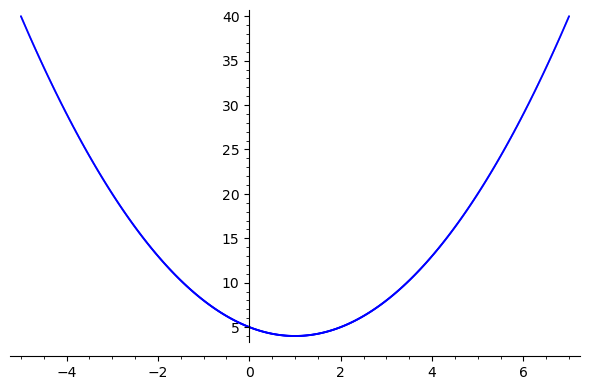Argand diagram plot
HI
T=[-sqrt(1/2*sqrt(13) + 1) - I*sqrt(1/2*sqrt(13) - 1),
-sqrt(1/2*sqrt(13) + 1) + I*sqrt(1/2*sqrt(13) - 1),
-sqrt(1/2*sqrt(13) + 1) +I*sqrt(1 + sqrt(13)/2),
-sqrt(1/2*sqrt(13) + 1) -I*sqrt(1 + sqrt(13)/2) ]
what is the best , fastest, way to plot Argand diagram of T ?


I edited the array, but imagine the values in the table could be real or complex
Sorry for this basic question, but I did not succeed I tried this below, without success. Could someone tell me what's wrong ? I wanted to use points(TP):
points(TP)works for me (Sage v8.0). what went wrong?the function
showis also ok and prints a "nice" expression in latex form (useview(TP)to see it rendered).yes it is also working, Stupidly, I thought my show (TP) was wrong, because I saw trigo formulas in the result !. so I did not even try point(TP) !!!